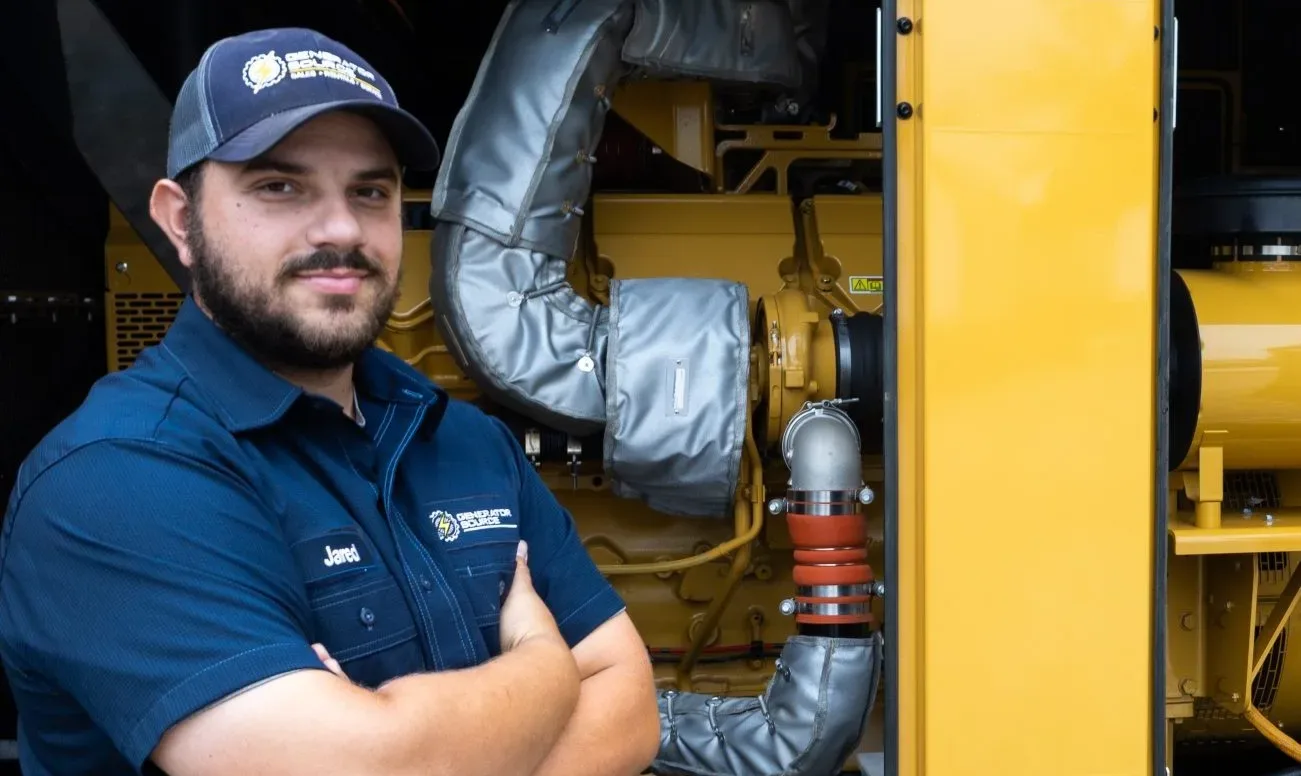500kW-1000kW Generator FAQ
500kW-1000kW Generator FAQ
What kinds of operations require 500kW-1000kW generators?
Generators in this range are essential for large-scale operations such as major data centers, hospitals (entire campus power), large manufacturing facilities, utility peak shaving, mining operations, large municipal water treatment plants, and critical government infrastructure.
Are generators in the 500kW-1000kW range exclusively industrial?
While they often serve industrial applications, these units are also crucial for large commercial entities with extensive power needs and mission-critical operations where any downtime is unacceptable. They bridge the gap between large commercial and true heavy-duty industrial.
What are the typical fuel choices for these high-capacity generators?
Diesel is overwhelmingly the most common fuel due to its high energy density, ease of storage (though in large volumes), and immediate power delivery. Natural gas is used when a robust, high-pressure gas line is available, particularly for continuous power or prime power applications due to cleaner emissions.
What is the approximate fuel consumption for a 750kW diesel generator at full load?
A 750kW diesel generator at 100% load typically consumes around 50-55 gallons per hour (GPH). This rate scales down with reduced load, but efficient fuel management and significant on-site storage are vital.
What is the approximate fuel consumption for a 1000kW (1MW) diesel generator at full load?
A 1000kW (1MW) diesel generator at 100% load typically consumes about 65-75 gallons per hour (GPH), making multi-thousand-gallon fuel tanks necessary for extended run times.
What natural gas flow rates are needed for 500kW-1000kW generators?
A 750kW natural gas generator may require 7,500-9,000 CFH (cubic feet per hour), and a 1MW unit could need 10,000-12,000 CFH or more. Ensuring sufficient natural gas supply pressure and volume from the utility is a primary challenge.
What size Automatic Transfer Switch (ATS) is required for 500kW-1000kW generators?
ATS sizing for these large units is highly specific to the facility’s electrical infrastructure. For a 1MW generator (approx 1250 kVA), ATS units can range from 1600A to 3000A or higher, often involving paralleled ATS systems. Detailed electrical engineering is mandatory.
What are the critical installation challenges for generators in this range?
Installation involves massive reinforced concrete foundations, specialized heavy lifting equipment, extensive exhaust systems (sometimes requiring exhaust stacks), large-scale fuel storage and transfer systems, complex electrical integration (switchgear), and highly detailed permitting/environmental assessments.
How are noise and emissions managed for 500kW-1000kW generators?
Due to their size, strict noise and emissions regulations apply. Advanced sound-attenuated enclosures (often walk-in style), multi-stage critical-grade silencers, and Tier 4 Final emissions compliance (with SCR/DPF systems for diesel) are standard. Off-site placement or custom acoustic solutions are common.
What sophisticated maintenance is required for these high-power generators?
Comprehensive preventative maintenance by certified technicians is critical, including advanced diagnostics, regular oil/fluid/filter changes, cooling system inspection, fuel system analysis (including polishing), detailed electrical checks, and frequent load bank testing to prevent wet stacking and verify performance.
Why is paralleling multiple generators common in the 500kW-1000kW range?
Paralleling offers superior redundancy (N+1 or N+2 configurations), enhanced reliability, greater scalability for future growth, optimized fuel efficiency (running only the generators needed), and allows for individual unit maintenance without full power shutdown.
What are the typical physical dimensions and weight of 500kW-1000kW generators?
These are very large units. A 500kW enclosed generator might be 20-25 ft long, 8-10 ft wide, 10-12 ft high, and weigh 30,000-50,000+ lbs. A 1MW unit will be significantly larger and heavier. Site planning for delivery and placement is crucial.
What level of fuel storage is typical for these generators?
For critical applications, on-site fuel storage typically ranges from 5,000 gallons to 20,000+ gallons, providing multiple days or weeks of runtime. This requires adherence to stringent environmental regulations (SPCC, AST/UST), fire codes, and advanced fuel management systems.
How do Tier 4 Final regulations impact the purchase and operation of 500kW-1000kW diesel generators?
Tier 4 Final (T4F) engines use advanced aftertreatment systems (Selective Catalytic Reduction – SCR, Diesel Particulate Filters – DPF) to drastically reduce emissions. This adds to the upfront cost, requires DEF (Diesel Exhaust Fluid) for SCR, and adds complexity to maintenance, but ensures environmental compliance.
What is the typical lead time for ordering a new 500kW-1000kW generator?
Due to their size, complexity, and specific configurations, lead times can be substantial, often ranging from 4-6 months to over a year, especially for custom-built units or during periods of high demand. Planning far in advance is essential.
Explore our 500kW-1000kW generators
Still have questions or looking for more information?
Generator Source specializes in low-hour, used, new, and surplus generator sets. We have a wide variety of generator sizes and models to fit any project. We are not a broker, we own what we sell.
Call us today (877-866-6895) or click Contact Us to be connected with one of our experienced sales reps.
We have 350+ generators in stock and ready to ship!
